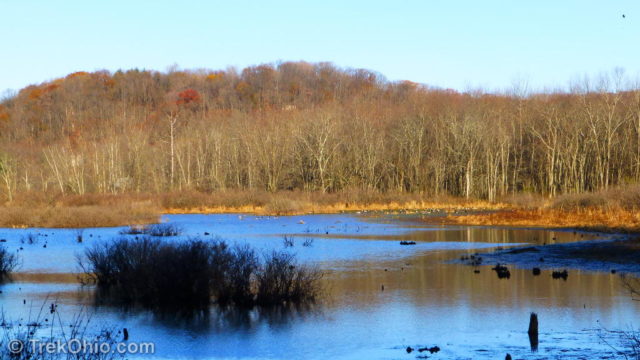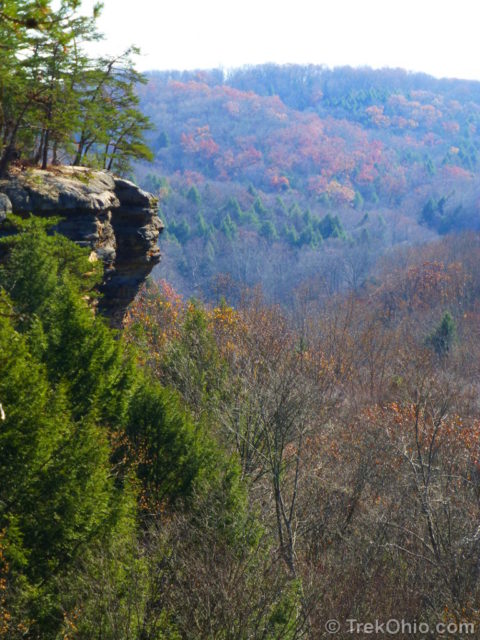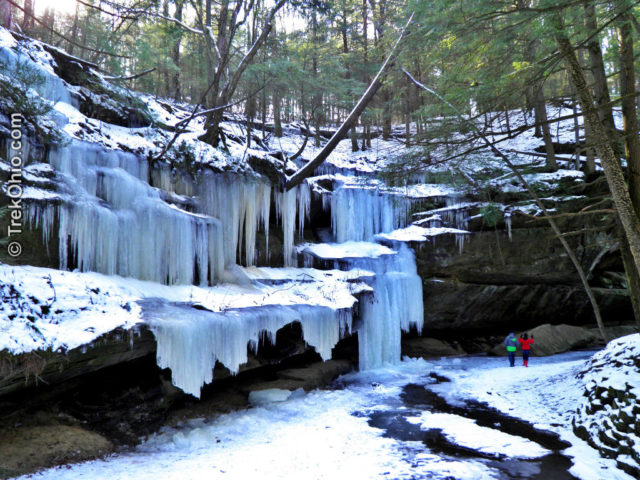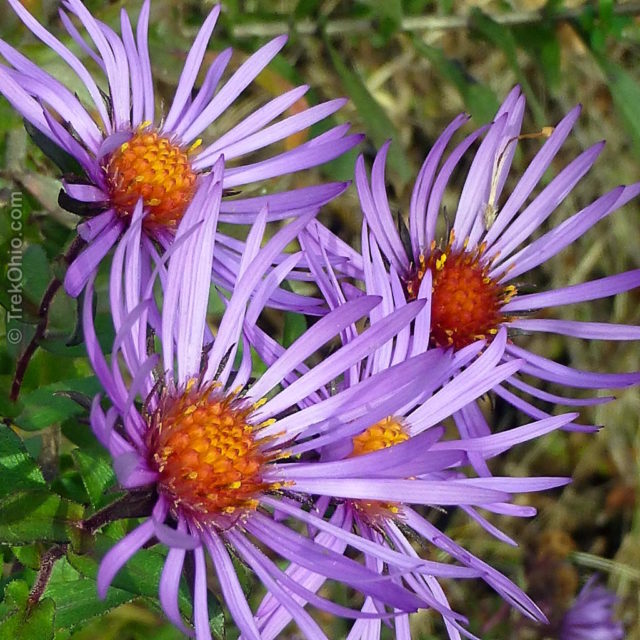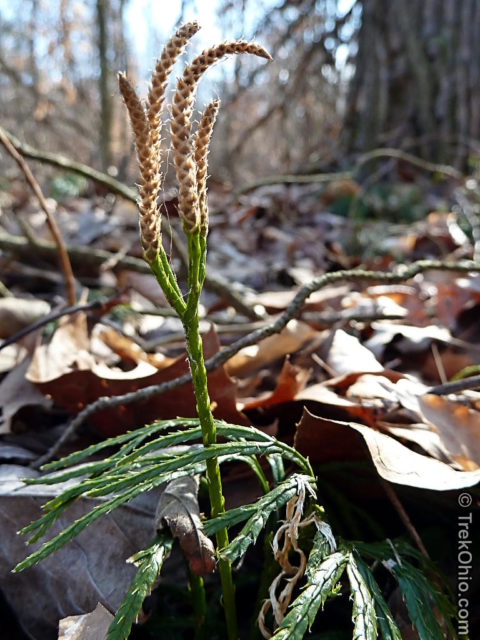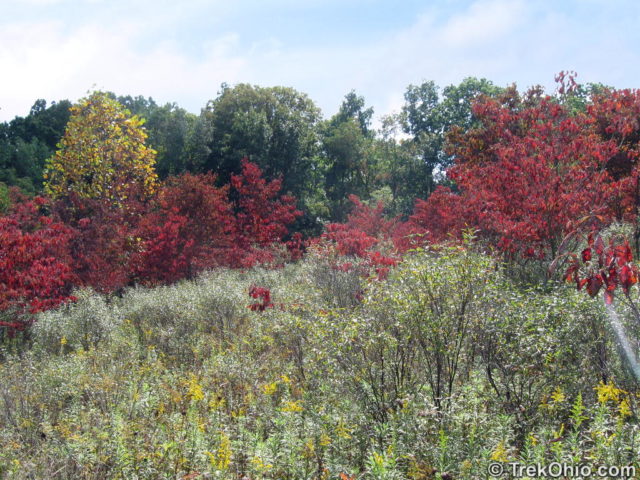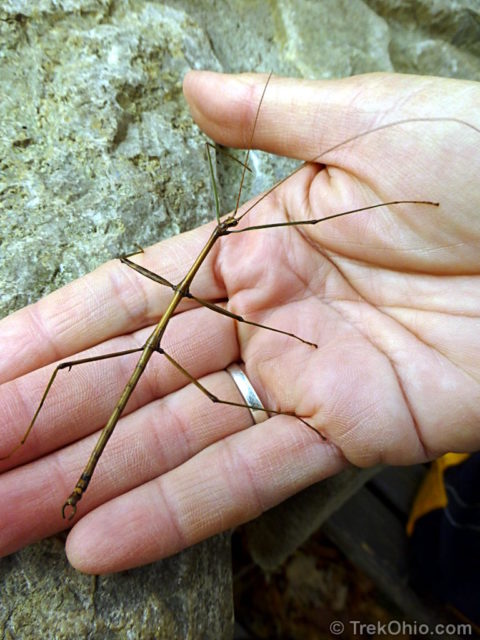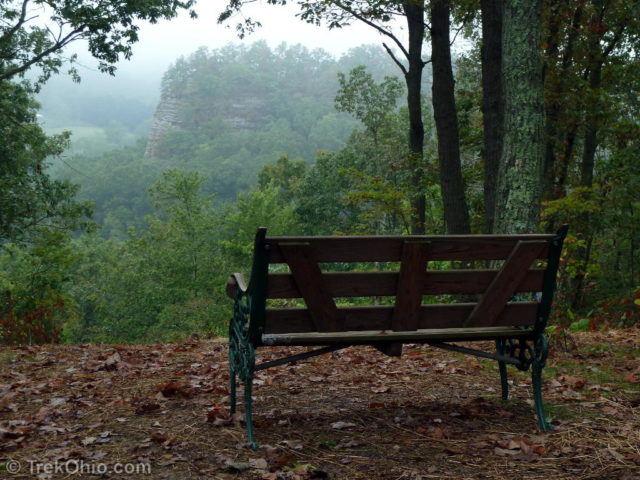Lancaster, Ohio has a population just under 39,000, and it is the county seat of Fairfield County. It has a municipal park known as “Rising Park.” The park offers the normal sort of amenities that you might expect: a pond, picnic tables, playgrounds… things of that nature. But what’s unusual about the park is its terrain. Rising 250-foot (76 m) above the surrounding plain is a bluff known as “Mount Pleasant.” The bluff is made of highly erosion-resistant Blackhand sandstone. From the top of Mount Pleasant you have an exceptional view of the city and the forested hills at its outskirts.
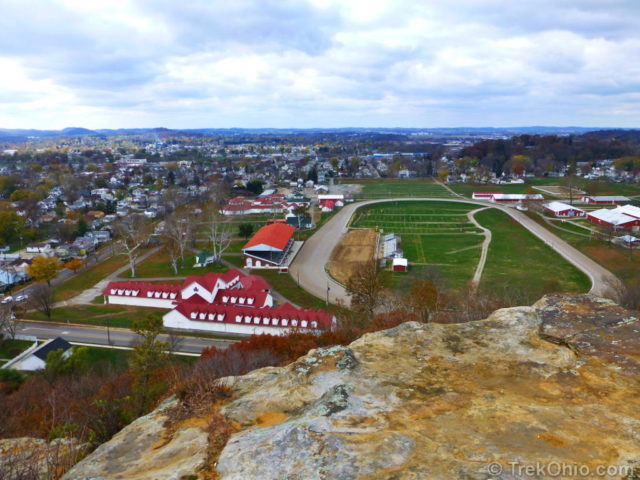
Continue reading “Rising Park: The View from Mount Pleasant”
